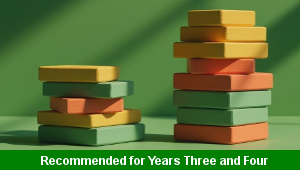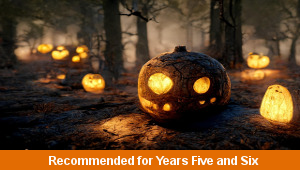Lesson Three – Jumping

This physical education teaching pack for Key Stage Two gets the children to identify and develop the range of skills that are needed to perform some standing and running jumps as part of an athletics sporting competition.
The class can describe and model the best techniques that are needed to jump with precision and power across a measured distance to win a prize or medal.
Download this teaching pack including a lesson plan, classroom activities and an interactive presentation to identify and develop the range of skills that are needed to perform some standing and running jumps as part of an athletics sporting competition
Activities in this teaching pack include display posters to identify and describe the techniques needed to perform a successful long jump as part of an athletics competition and templates to record the sequence of movements required when performing a long or standing jump as part of an athletics competition.
The interactive presentation can be used to explore and and develop the range of skills that are needed to perform standing and running jumps as part of an athletics competition.
This lesson is part of a physical education scheme of work to get the children to develop and refine different athletic skills in running, throwing and jumping to use when performing and competing in a class athletics competition. There are teaching activities for shared learning, differentiated worksheets to support independent learning and interactive presentations to introduce concepts and key skills.
-

Subtraction Differences
Explain and model some of the informal and formal written calculations skills that can be used to find the difference between pairs of two and three digit numbers
-

Fraction Equivalence
Investigate, compare and record the values of different non-unit fractions using equivalence between their sets of matching numerators and denominators
-

World Wars Poems
Explore and reflect on how poets can use figurative language and verse structures to express themes and ideas about conflicts that have happened in the world
-

Scary Tales
Investigate and replicate the structure and format of narrative stories and poetry about different spooky and mysterious people, places and events
